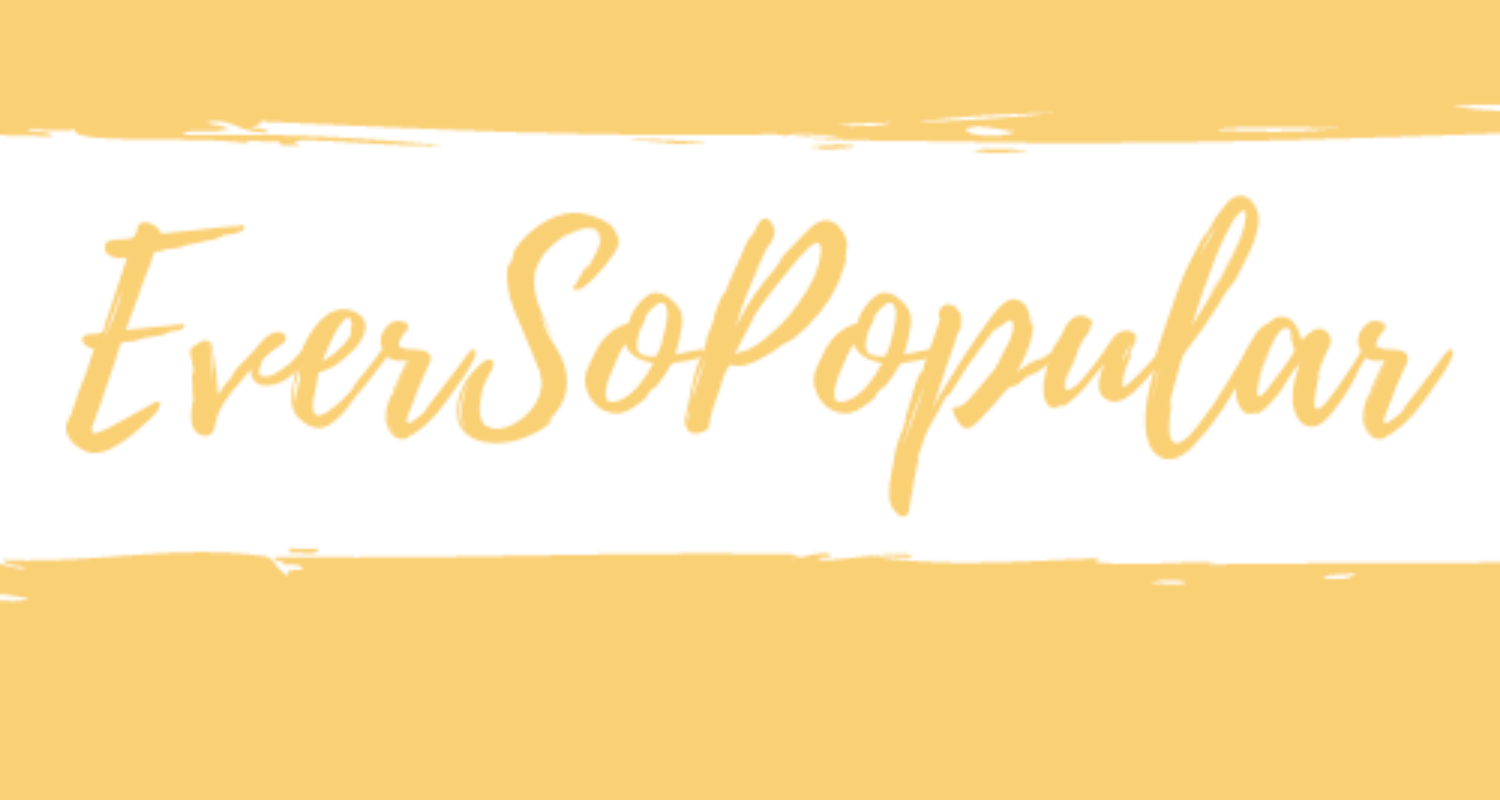To Get Ahead at Work, Ditch the Flip-Flops
Facebook CEO Mark Zuckerberg aside, for many men, the days of wearing hoodies and flip-flops to work are over. After a decade of increasingly casual office dress requirements (inspired by Zuckerberg’s 1990s Silicon Valley predecessors), CEOs began demanding a more polished look beginning with the 2001 recession. By 2002, more formal dress codes had been reinstated by 19 percent of companies with more than $500 million in revenues, according to a Men’s Apparel Alliance survey.
 |
| Photo Simon Burstall and David Rinella
via GQ |
“The 2001 recession gave Americans a taste of the tougher job market,” says Darnell Jones, a business professional and creator of TUKZ Undergarments for men, (www.TUKZ.com), which have clasps that ensure shirts stay tucked.
“Then along came the Great Recession in December 2007 and, with it, the layoffs and high unemployment we’re still experiencing. Today, if you want to get hired and if you want to get promoted, you’ve got to look like you mean business.”
Jones notes that it’s not just corporate leaders who want a more professional-looking workforce. In a 2012 survey by Salary.com, nearly 25 percent of respondents said their workplace’s dress code is too lenient. Less than 10 percent said theirs was too strict.
“Right or wrong, how much care you take – or don’t take – with your appearance communicates a lot about you,” Jones says. “If you take pride in how you look, you probably take pride in the work you do. If your outfits are thrown-together or dated, you may be reckless with details and not up on the latest in your profession.”
If you’re ready to give up your office hoodie, but aren’t sure what to replace it with, Jones offers these tips:
• Get a navy blue or gray blazer or suit coat: Solid colors are best, although pinstripes are fine, too. Get the best material you can afford. If wearing a jacket all day doesn’t fit with your workplace vibe, keep one in your office or cubicle to have handy just in case. Whether it’s a surprise visit from a client or an unexpected meeting with the CEO, slipping on a jacket is an easy way to make a good impression.
• Watch your feet: Invest in a good pair of lace-up shoes -- brown, black or, better yet, both. (The color should complement your trousers and match your belt.) Avoid square-toed shoes -- they’re dated. Be sure your shoes are polished, and replace the heels when they get run down, particularly if you’re going on a job interview or attending an important meeting. Of course, you’ll need socks, too. They should coordinate with the color of your trousers – and with each other!
• Avoid the peacock effect: Your shirt should be a solid color – no patterns and no hot pinks. Be sure it’s pressed. An undershirt is a must; it helps prevent unsightly perspiration stains and unwanted views of underlying body parts. If you’re not wearing a tie and leaving the top button or two undone, make sure the T-shirt collar is not visible at your throat. If you’re wearing a coat, about a half-inch of shirt cuff should be visible at your wrist.
• Flatter your face with a V-neck: A good-quality gray, V-neck pullover sweater worn over a blue dress shirt is a great look for business casual. The bottom of the sweater should stop at your belt line.
“You’ll be amazed at how much more seriously people take you when you look the part,” Jones says.
“The best thing is, dressing well makes you stand taller and feel more confident. That’s really a winning look.”
